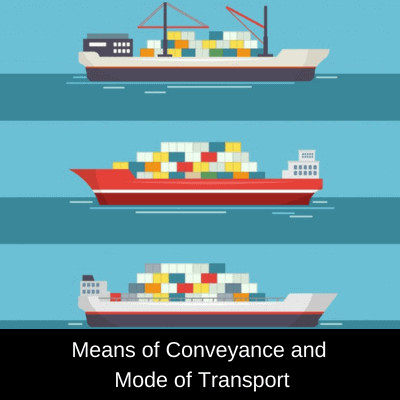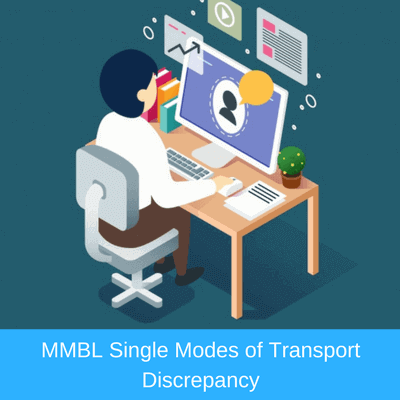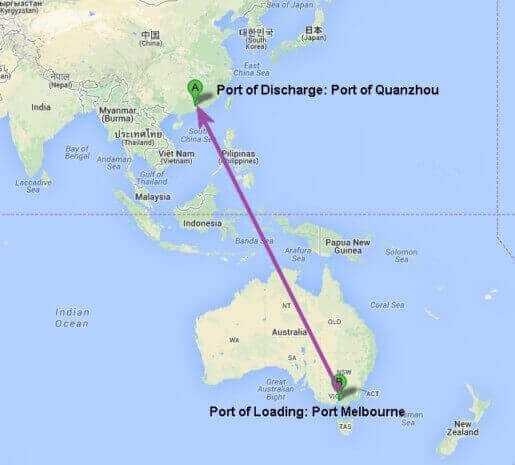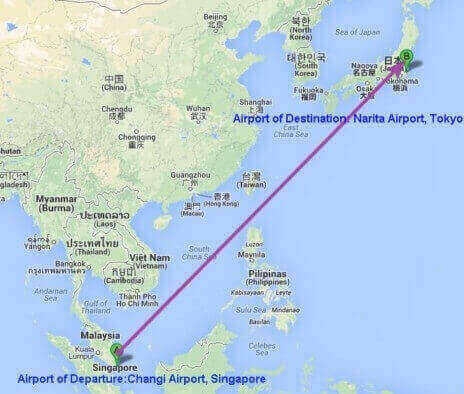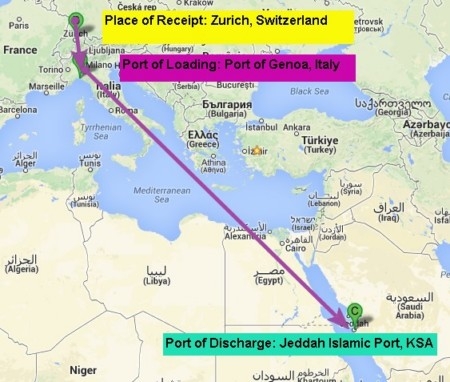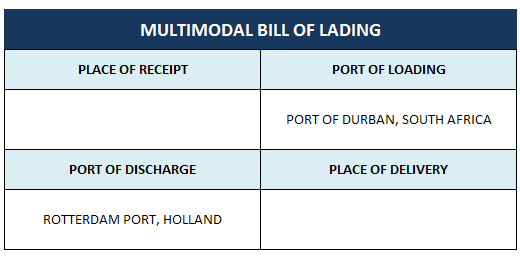Modes of Transport is a term used to distinguish substantially different ways to perform transport.
The most frequently used modes of transport in international trade are air transportation, land transportation, rail transportation, sea transportation and multimodal transportation.
Means of Conveyance is a term describing something that serves as a means of transportation, such as a vessel, truck, aircraft etc.
On this page, I will try to explain two important logistics terms: modes of transport and means of conveyance and their applications under the letter of credit rules.
Modes of Transport in Letters of Credit:
Modes of transport term used in connection with the determination of the multimodal transport documents under the letter of credit transactions.
Multimodal transportation is the movement of one unit load from origin to destination by several modes of transportation under one document without breaking up the unit load. (1)
According to the letter of credit rules, if a transport document covers at least two different modes of transport, then it is regarded as a multimodal bill of lading.
The title of the transport document is not important.
UCP 600 Article 19 – Transport Document Covering at Least Two Different Modes of Transport
a. A transport document covering at least two different modes of transport (multimodal or combined transport
document), however named,…
Example: A letter of credit asks for a full set of shipped on board multimodal ocean bills of lading marked freight payable at destination made out to the order of issuing bank marked notify applicant.
Transport Document: The bill of lading shows port to port sea shipment between a German port to Djibouti Port and a land or rail transport between Djibouti Port to Modjo Dry Port. The presented document is a multimodal bill of lading according to the letter of credit rules, regardless of the title of the transport document.
Means of Conveyance in Letters of Credit:
Means of conveyance term used in connection with the determination of the transshipment and partial shipments under the letter of credit transactions.
Transshipment:
According to the letter of credit rules transhipment means unloading from one means of conveyance and reloading to another means of conveyance (whether or not in different modes of transport) during the carriage that takes place between the route indicated in the credit.
For example, under sea shipments transhipment means unloading from one vessel and reloading to another vessel during the carriage from the port of loading to the port of discharge stated in the credit.
According to the letter of credit rules transhipment can be occurred only if,
- happened during the carriage that takes place between the route indicated in the credit.
- cargo is unloading from one means of conveyance and reloading to another means of conveyance (whether or not in different modes of transport).
Partial Shipments:
According to the letter of credit rules, a presentation consisting of one or more sets of transport documents evidencing shipment on more than one means of conveyance within the same mode of transport will be regarded as covering a partial shipment, even if
the means of conveyance leave on the same day for the same destination.
References:
- Shipping and Incoterms, Practice Guide, UNDP Practice Series, Page: 6
